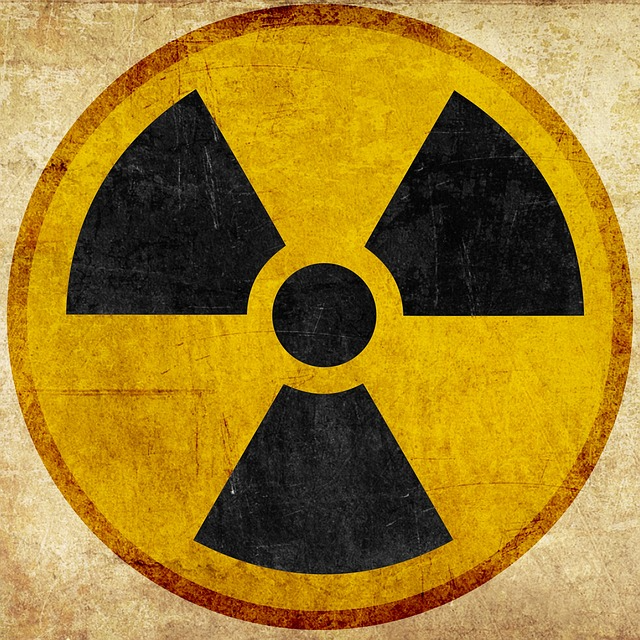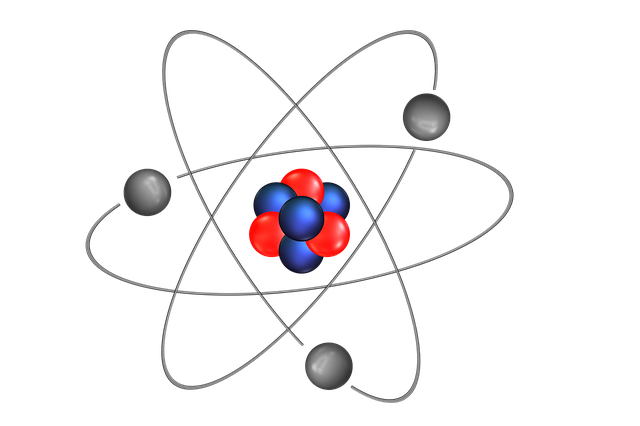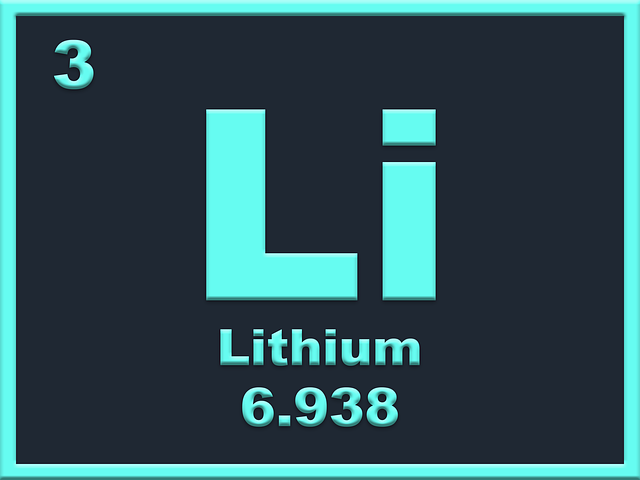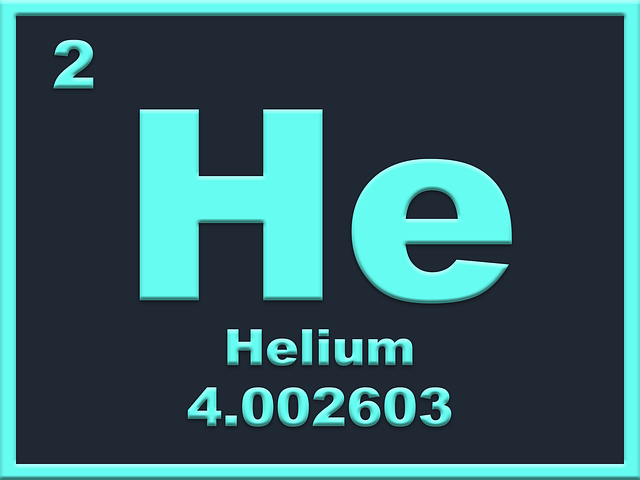Russian chemist Dmitri Mendeleev predicted Technetium in his periodic table in 1871. He named it ‘‘ekamanganese’’. It was discovered and isolated by two Italian chemists Emilio Segrè and Carlo Perrier in 1937.
How many protons, neutrons, and electrons are there in a neutral atom of 97tc (technetium-97)?
There are 43 electrons, 43 protons and 55 neutrons in an electrically neutral atom of technetium. It has no stable isotopes. Technetium-97 has 54 neutrons. It is a stable radioisotope with a half-life of 4.21 million years.
How many valence electrons does technetium have?
Technetium has 7 valence electrons. Its electronic configuration is [Kr] 4d5 5s2.
What is technetium?
Technetium is a chemical element with the atomic number 43. Its relative atomic weight is 98.906 (g/mol) and it is represented by the symbol Tc. In the periodic table, it is in group 7 and period 5. Its electronic configuration is 1s2, 2s2, 2p6, 3s2, 3p6, 4s2, 3d10, 4p6, 4d5, 5s2. At standard temperature and pressure, it is solid and has a density of 11 g/cm3. Its melting point is 2430 K ?(2157 °C, ?3915 °F) and its boiling point is 4538 K ?(4265 °C, ?7709 °F). It is the lightest radioactive element that is produced as a by-product of the fission of uranium-235 in nuclear reactors.
Its electro negativity is 1.9 (Pauling scale) and its first ionization energy required is 702 kJ/mol. Technetium oxidation states are −3, −1, 0, +1, +2, +3, +4, +5, +6, +7.
There is no stable isotope of Technetium. There are some 33 radioisotopes of technetium. Technetium-97 and Technetium-98 are the most stable radioisotopes with a half-life of 4.21 million years and 4.2 million years respectively.
Technetium was predicted by Dmitri Mendeleev in 1871 through his periodic law. Later on, it was discovered and isolated by two Italian chemists Emilio Segrè and Carlo Perrier in 1937.
Technetium has a concentration of 0.003 parts per trillion in the Earth's crust. This small concentration is because of radioactivity. It is produced in the nuclear reactors from the nuclear fission of uranium-235 and plutonium-239. It can also be produced by the neutron irradiation of ruthenium-96.





